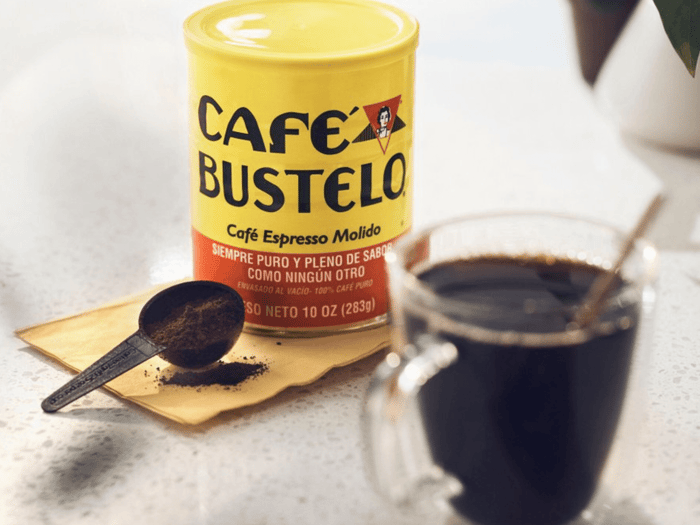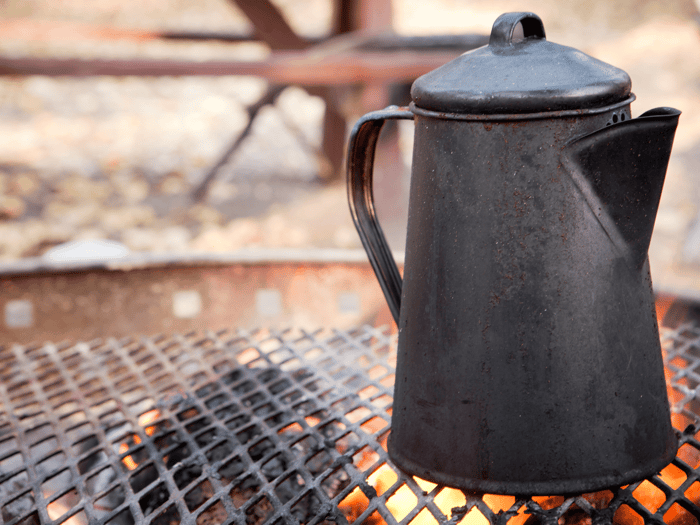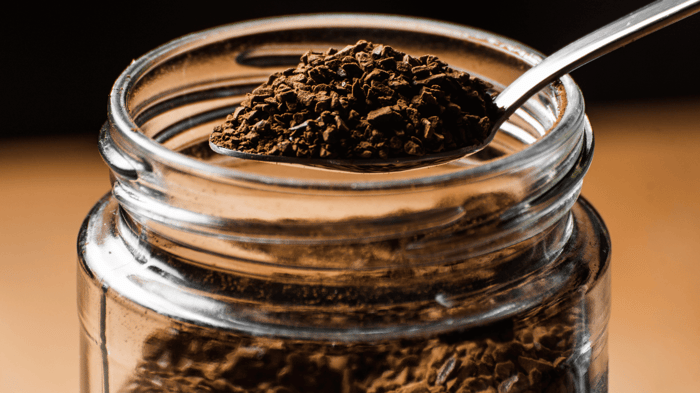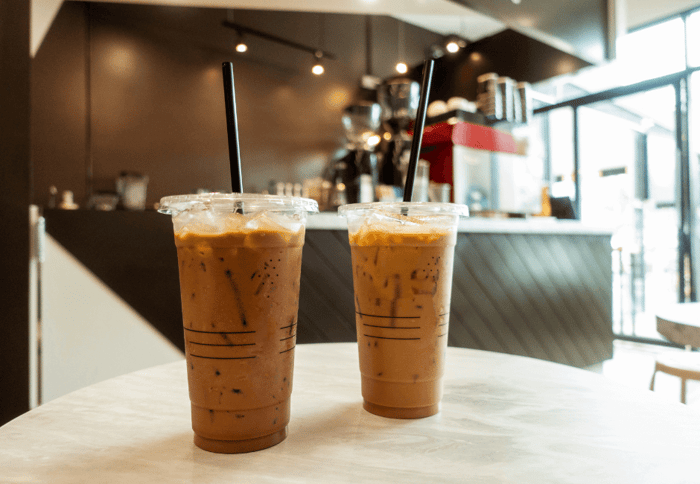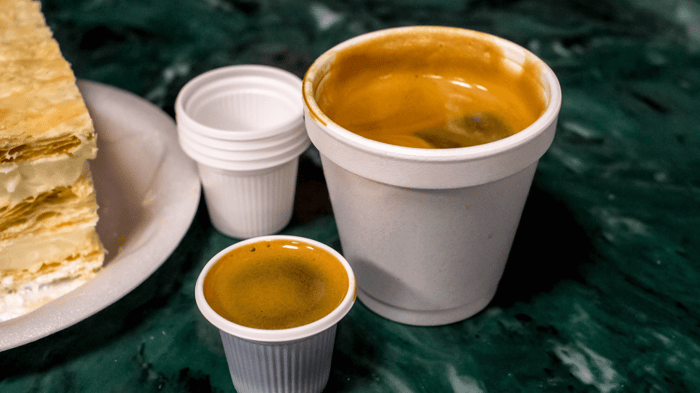Where Did Café Bustelo Get Started?
Café Bustelo was created and founded in 1928 in Harlem, New York by Gregorio Bustelo. Gregorio came to the United States from Spain and spent many years in Latin America. He also spent time in Havana Cuba which is known for it's espresso style coffee.
Gregorio brought this Latin inspired coffee idea to the United States and Café Bustelo was born and today it is one of the most popular Cuban and Espresso style coffees in the United States. It is rumored that he first stirred up interest in Café Bustelo by going door to door in the Harlem neighborhood.
Today Café Bustelo is roasted and packaged by Rowland Coffee Roasters out of Miami Florida which is a perfect fit with the large Cuban population in Miami.
While Café Bustelo is marketed as a Latin inspired coffee, it mostly has its roots in the United States. However, it has found its way into the homes of Puerto Rican and Dominican coffee lovers.
What Type Of Beans Are Used in Café Bustelo Coffee?
Most of their coffee is made with a blend of Robusta and Arabica coffee beans from Central America. The actual origin of the beans are not listed by Café Bustelo on their packaging or website.
Espresso-style roasts are typically made with Robusta blends and some arabica. Café Bustelo does use 100% Arabica in their Supremo roast.
Is Café Bustelo Coffee Actually Espresso?
Café Bustelo may be labeled as espresso style but it is actually just another coffee brand. Espresso is a style of brewing using high pressure and heat to produce a caffeine and flavor-rich shot of coffee.
Espresso and Coffee are the same things. Most espresso roasts are made from a blend of Robusta and Arabica beans as the addition of Robusta help increase the caffeine content and offers a bolder flavor profile compared to Arabica.
The reason this is likely referred to as an espresso style coffee is due to the blend of beans and the grind is much finer compared to other coffees which is common for espresso as it helps pack the grinds for brewing.
What Does Café Bustelo Taste Like?
Café Bustelo is known for its dark brew and bold flavor. Robusta beans will produce a slightly more bitter flavor profile because of their higher caffeine content.
The use of Robusta beans does help lower the acidity level of your cup of coffee which is great for those with stomach issues such as acid reflux.
The finely ground coffee helps extract the most possible flavor and creates a really enjoyable dark roast coffee. For some, the body may be a little too heavy but most die hard coffee lovers will enjoy this rich coffee.
Does Café Bustelo Have As Much Caffeine As Espresso?
When brewed using standard home brewing methods like a French Press, AeroPress or drip brewer you will get a 12 ounce cup of coffee which has roughly 150 mg of caffeine.
Most espresso shots have between 60-80 mg of caffeine per single ounce.
However, Café Bustelo is finely ground and perfect to use in an espresso machine. Brewing like this will likely produce an espresso shot closer to the upper end of the mg-per-ounce spectrum.
Is Café Bustelo Coffee Expensive
For a coffee that has more caffeine and brews a darker and richer flavor, it is actually relatively cheap at most stores.
Prices online for the 10-ounce can range from $8-15 and in store it can typically be found for less as you save on the cost to ship.
The K-Cups are a little on the higher side as they typically sell for about $1 per cup.
Tips For Making The Perfect Cup of Café Bustelo
- Café Bustelo suggests using a tablespoon of grounds for every six ounces of water you plan to brew. Tweaking this slightly will either strengthen or weaken the flavor. We suggest experimenting to your personal taste.
- For best results, use an Espro French Press or AeroPress to extract the most flavor and help lower acidity. Espro French Presses have a special filter that keeps the coffee from becoming bitter while brewing.
- Do not overheat your water. Hotter water can extract too much flavor or create a burnt and bitter brew. We suggest between 195 and 205 degrees.
- To ensure your brew has the best flavor, use filtered water. Sink water varies widely across the United States and minerals and chlorine can alter the natural flavor profile of coffee.
Make A Cuban Inspired Cortadito
You can also add some steamed milk to your Café Bustelo brew and turn it into a Cuban inspired Cortadito. Find out how to make it.
Cortadito is a type of Cuban espresso with steamed whole milk on top. It's normally brewed in a single serving, is quite sweet, and has nearly twice the potency of a typical American coffee.
Is Café Bustelo Coffee Available In Other Options?

Yes. Café Bustelo offers a variety of options for all kinds of coffee lovers. These include:
- Keurig Compatible Single Serve Coffee Pods
- Dark Roast Ground Espresso Roast in Cans and Bricks
- Decaffeinated Ground Espresso Roast
- Single Use Coffee Sticks.
- Instant Freeze Dried Coffee
You can find all of these options as well as reviews on Amazon or see our Meadow Ridge Coffee selection of Café Bustelo Coffee.
Other Brands Are Similar to Cafe Bustelo
While Café Bustelo may be the most popular Cuban Style Coffee on the market today, there are many other brands worth trying. Two we suggest are Café Pilon and Café La Carreta. You can find both of these on Amazon and if you find yourself traveling through Miami airport you can find the Café La Carreta coffee shop in several of their terminals.
Final Thoughts
If you find your current coffee seems a little weak or you simply want to up your coffee game then Caf Bustelo might just be the right choice for you. Experience a taste of Latin American coffee with this easy to find and affordable brand.
However if bold coffee just isn't your thing and you prefer a more subtle flavor, you may want to check out brands such as Black Powder Coffee and our in house brand Meadow Ridge Coffee.
Want More Coffee Content?
- Daily Coffee Grind - Click Here
- Coffee Reviews - Click Here
- Coffee Brewing Guides - Click Here
- Coffee Brewer Reviews - Click Here
- All Things Tea - Click Here

